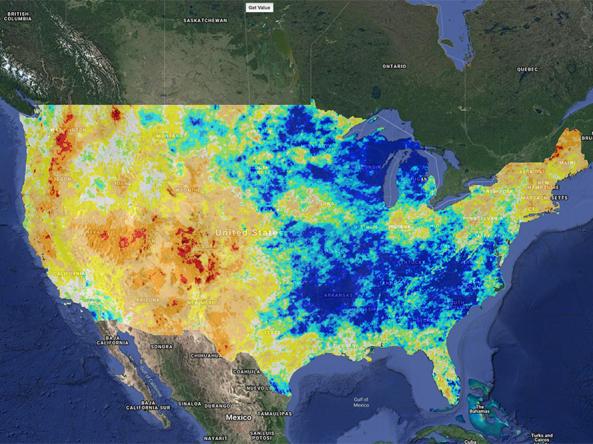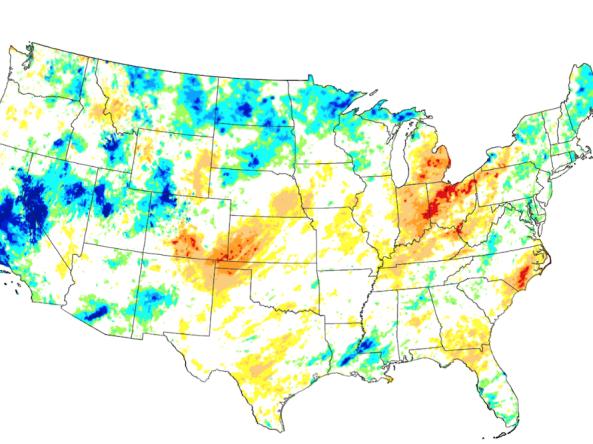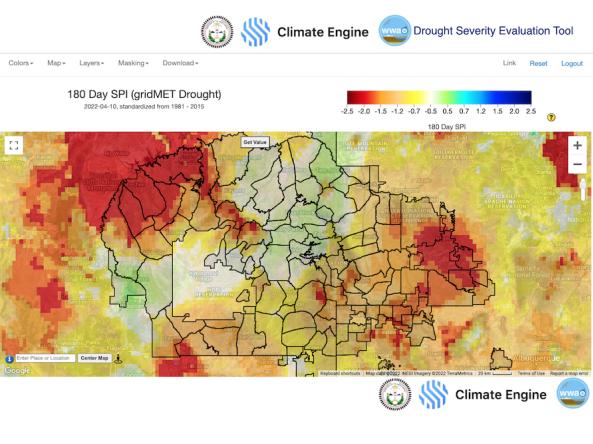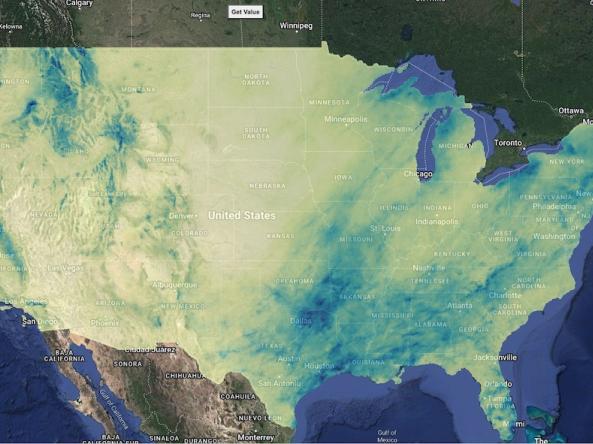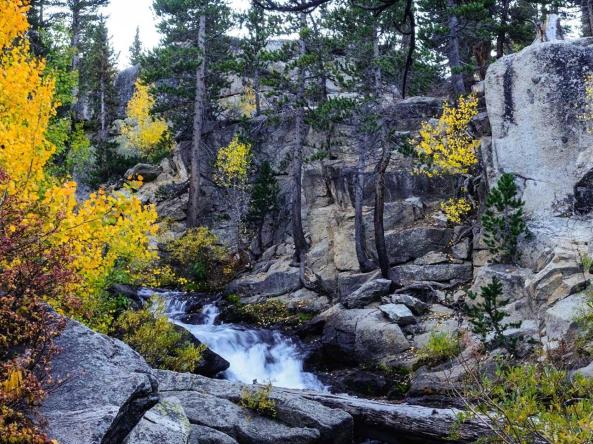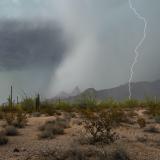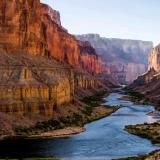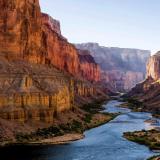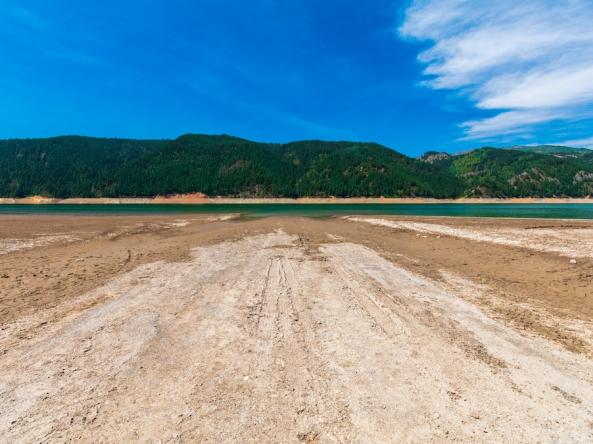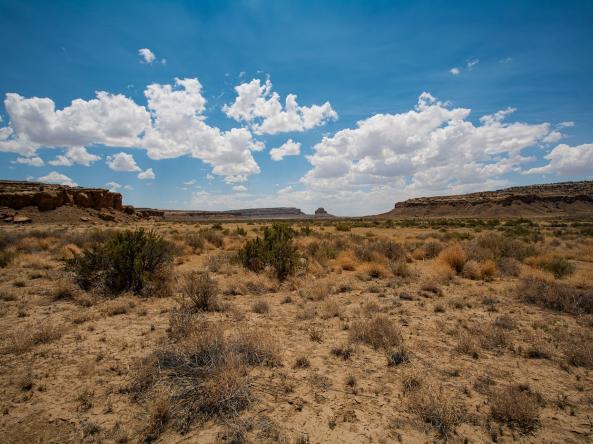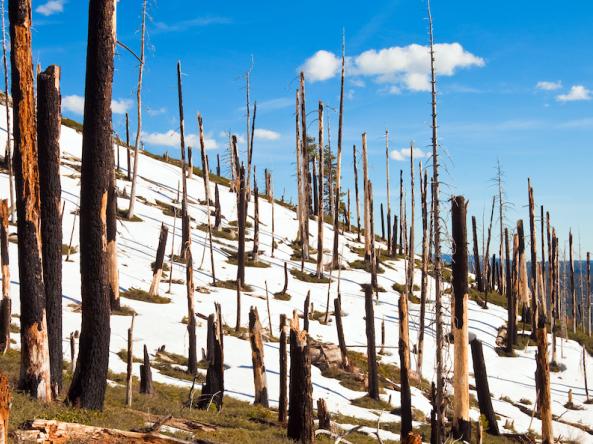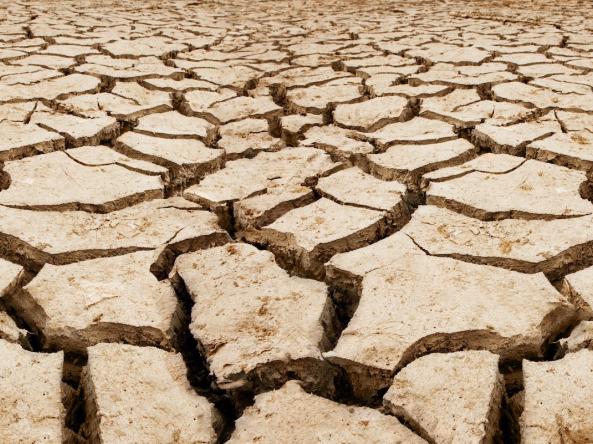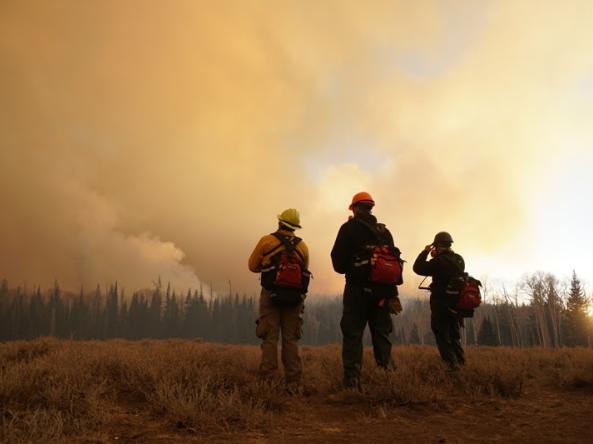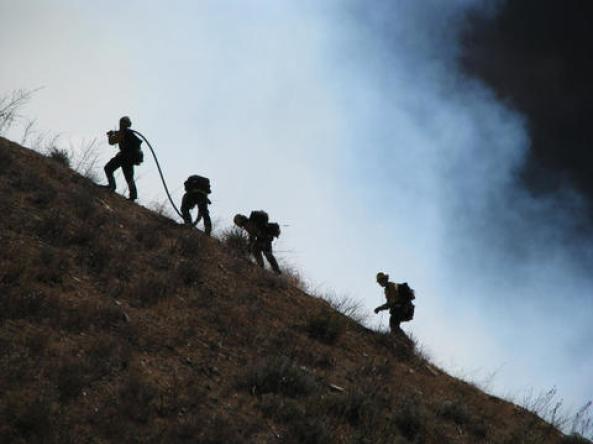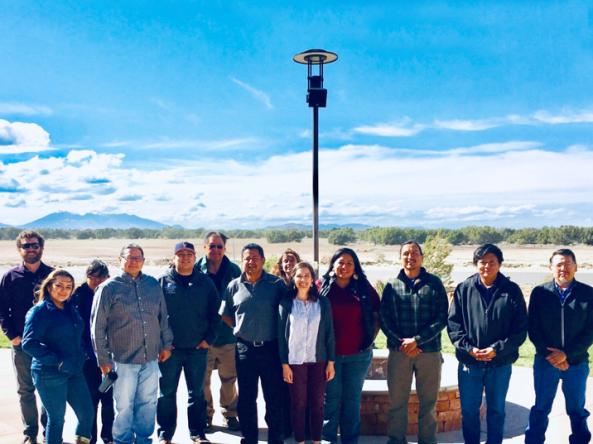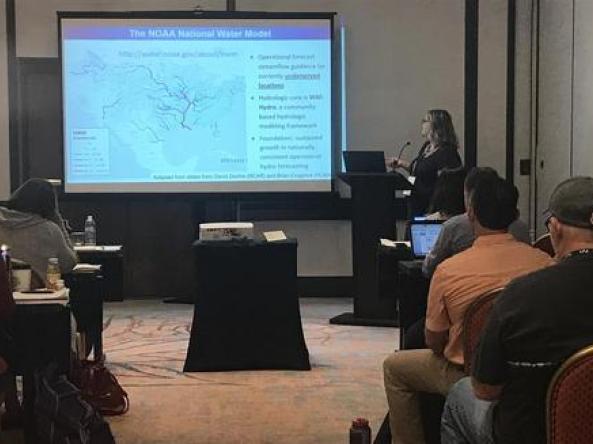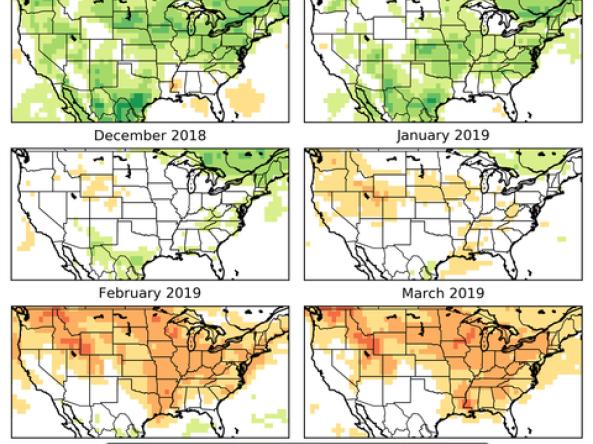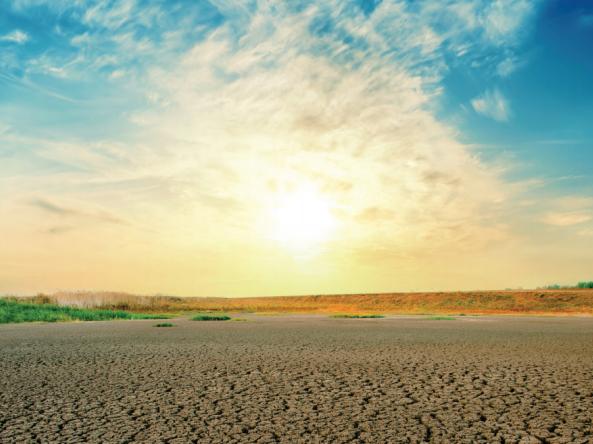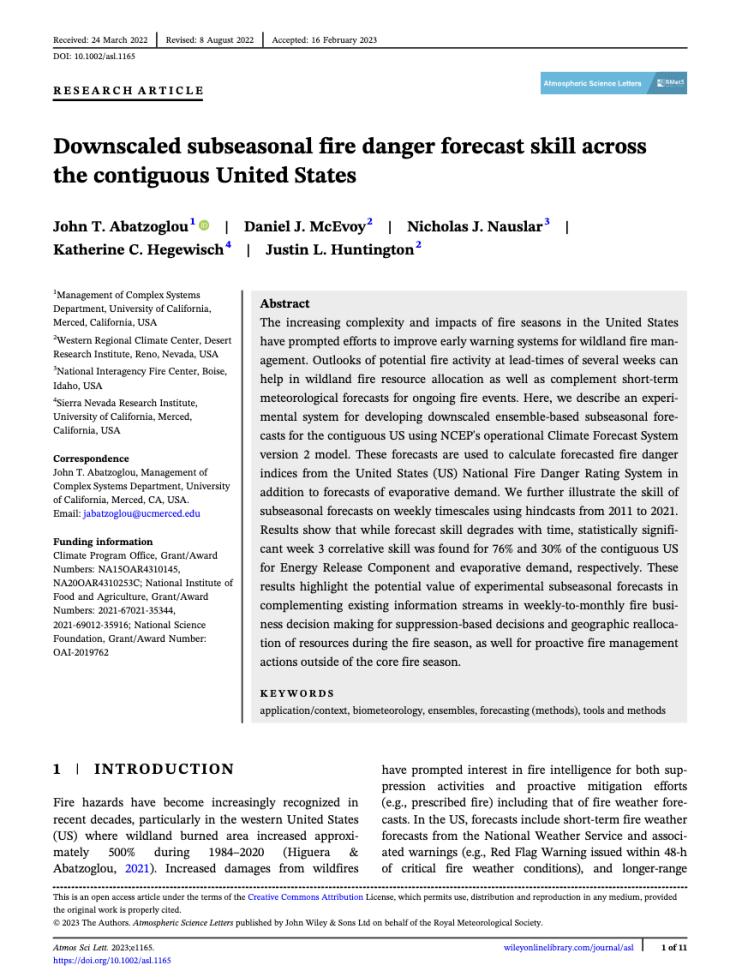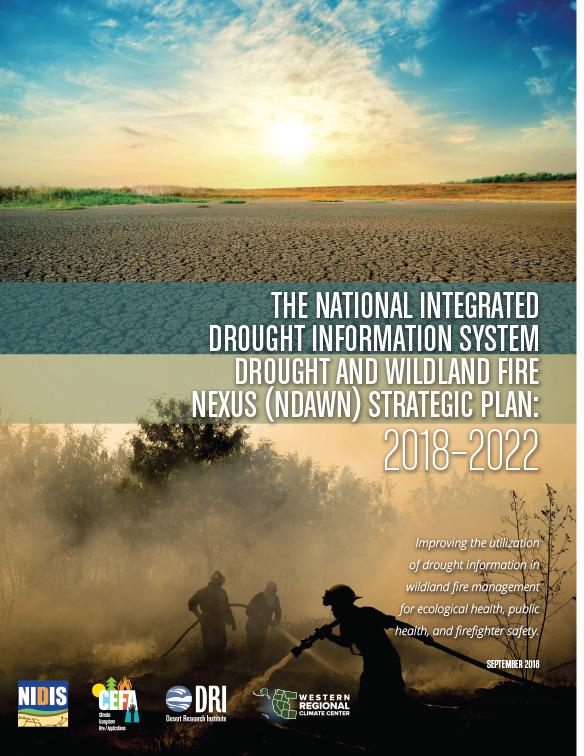Logo
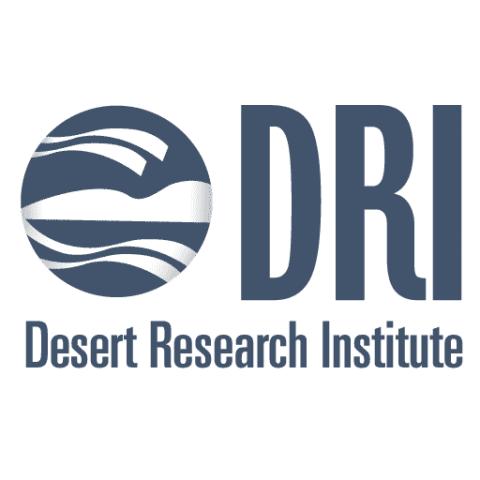
Related Data & Maps
Climate Engine allows users to analyze and interact with climate and earth observations for decision support related to drought, water use, agricultural, wildfire, and ecology.
Period of Record
Current Conditions, Historical data (period of record varies)
File Format
images
pdf
csv
These experimental drought blends integrate several key drought monitoring products and indices into a single short-term or long-term product, based on the methodology developed at the NOAA Cl
Period of Record
Current Conditions
File Format
images
pdf
geotiff
The Navajo Nation Drought Severity Evaluation Tool (DSET) is a co-developed cloud-based web application designed to meet the needs
Period of Record
Period of Record Varies
File Format
images
pdf
csv
geotiff
other
Related Events
Apr
18
2023
Sep
14
2021
Jan
22
2021
Nov
18
2019
Related Webinar Recaps
Related Drought Status Updates
November 20, 2025
January 16, 2025
December 4, 2025
October 17, 2024
Related News
Site Section
News & Events
Today, the NOAA Climate Program Office’s National Integrated Drought Information System (NIDIS) and Modeling, Analysis, Predictions and Projections (MAPP) program jointly announced $4.9 million in funding for NOAA labs and research partners to improve drought monitoring and prediction in the American West. This research combines $3.1 million in funding from NIDIS and $1.8 million from the
Site Section
News & Events
Climate Engine, with support from NOAA’s National Integrated Drought Information System (NIDIS), is partnering with the Bureau of Land Management (BLM) to guide drought planning on BLM-managed lands ClimateEngine.org is an innovative tool that provides satellite and climate data in a user-friendly manner to facilitate water conservation, wildfire risk management, agricultural productivity
Site Section
News & Events
Key Points
Fires are burning higher in elevation, increasing the geographical overlap between burned areas and seasonal snow zones (areas with persistent snowpack throughout the winter season).
We found a 10-fold increase in fire in California's seasonal snow zones in 2020–2021 versus 2001–2019.
Wildfires accelerate snowmelt resulting in earlier snow disappearance come spring
Site Section
News & Events
NOAA’s National Integrated Drought Information System (NIDIS) has announced a total annual award of $6.2 million to support 12 new, innovative, and impactful projects that will improve our nation’s resilience at a critical time in the fight against the drought crisis. The projects will focus on ecological drought and building tribal drought resilience.
NIDIS is funding seven new 2-year
Site Section
News & Events
In the western U.S., the impacts of drought conditions in the 21st century are increasingly evident as extended fire seasons, dwindling water supplies, and widespread tree mortality are becoming more common occurrences. Fundamentally, drought is a shortage of water that is driven by an imbalance between supply and demand. From a meteorological perspective, periods of low precipitation (i.e., the
Site Section
News & Events
Climate Change and “Atmospheric Thirst” to Increase Fire Danger and Drought in Nevada and California
Since the start of the 21st century, California and Nevada have suffered extreme wildland fires and droughts that have caused devastating impacts to ecosystems and society. A common feature of these events has been very high evaporative demand—the “thirst” of the atmosphere—which has largely been driven by increased air temperatures caused by anthropogenic climate change. According to new
Site Section
News & Events
California and Nevada’s climate and weather patterns create fire-prone environments for many wildland–urban interface communities, highlighting the value in understanding the relationships between drought and wildfire. More specifically, information is needed on how drought indices are related to fire danger outputs that are commonly used in fire management.
With NIDIS Coping with Drought
Site Section
News & Events
In an era of increasing wealth of earth observations, approaches for quickly accessing, analyzing and visualizing environmental data to better inform decision making at relevant scales is needed. Climate Engine enables users to utilize on-demand cloud computing and visualization to analyze and interact with climate and earth observations for decision support related to drought, water
Site Section
News & Events
Drought can have a significant impact on the management and operations of water utilities, from loss of water supply and poor source water quality to increased demand from customers and reduced revenues. Changing conditions in precipitation, snowpack, soil moisture, temperature, and evapotranspiration must be well monitored and better forecasted to provide water managers early warning of drought
Site Section
News & Events
The 2018-2019 water year is now underway, and with all eyes on the developing El Niño, there are many people wondering whether this winter will be any better than last year - particularly for snowpack in the West.
Last winter was marked by below-average precipitation and above-average temperatures through the first several months in many places across the country - with relief not
Site Section
News & Events
The Evaporative Demand Drought Index, also known as EDDI, is an experimental drought monitoring and early warning tool that looks for drought using atmospheric evaporative demand (also known as the “thirst of the atmosphere”). So far, EDDI maps and data have been made available for near-real-time and historical monitoring; now, with the help of the NOAA-National Centers for Environmental
Site Section
News & Events
Written in collaboration with the Western Regional Climate Center (WRCC)
The physical relationship between drought and fire is complex, due to the many and varied first- and second-order effects at national, regional, and local scales. The timing, intensity, and frequency of drought events can have wildly divergent impacts on fuel flammability, fire behavior, and subsequently, wildland fire
Related Documents
Document Date
March 2023
Document Date
August 2020
Document Date
September 2018
Related Research


